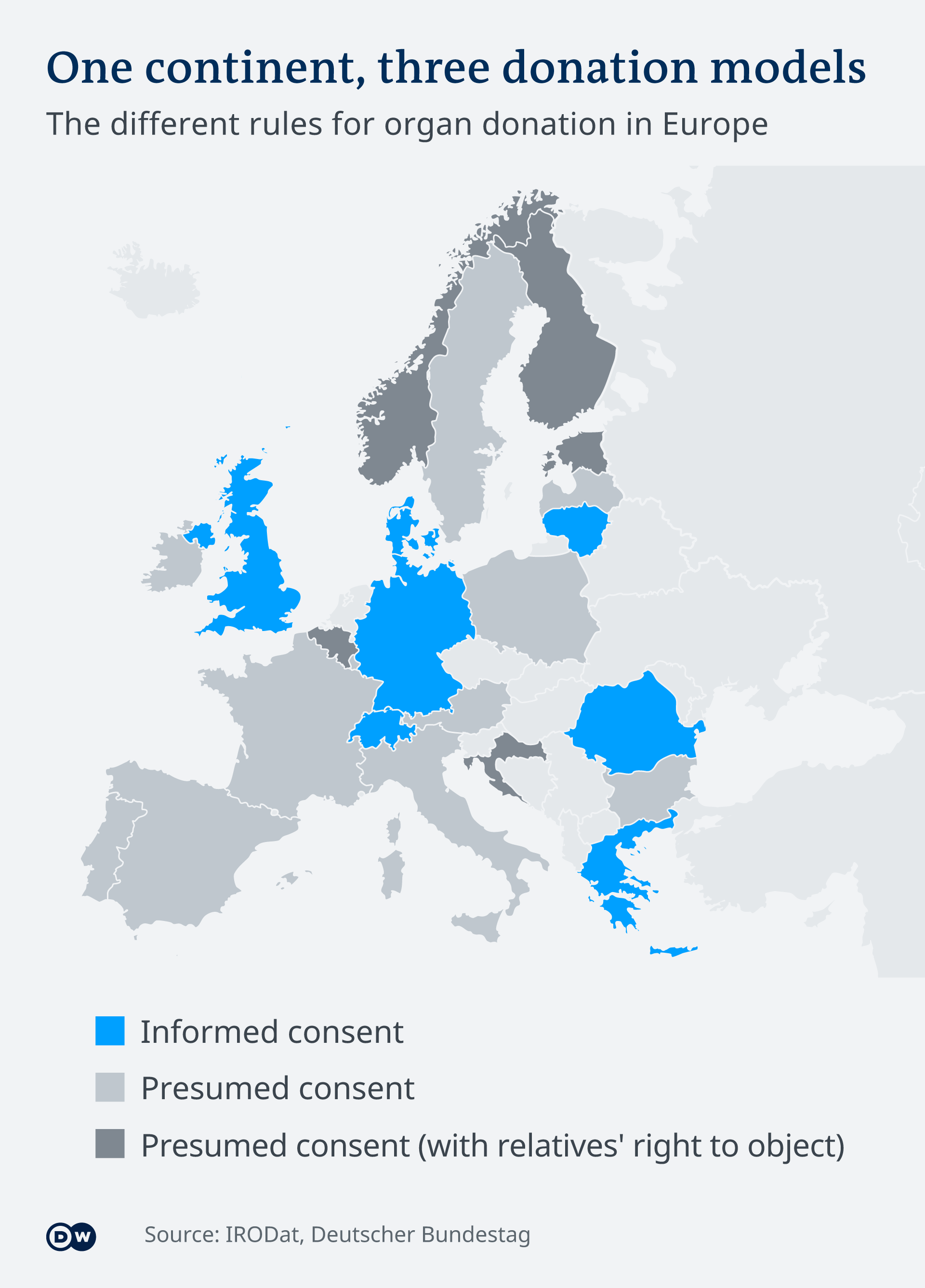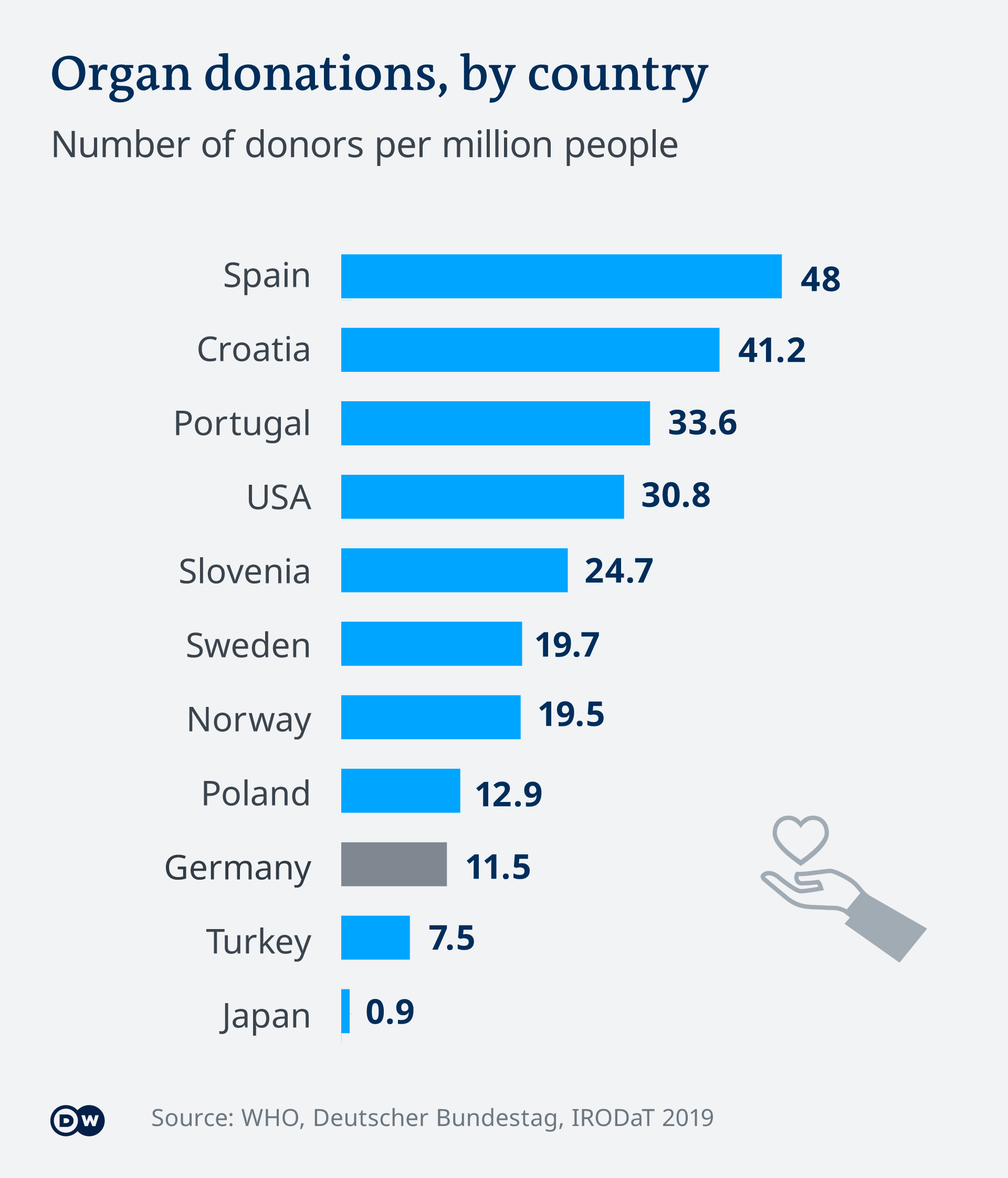Blocked from using federal bankruptcy protections, cannabis businesses that are legal under state laws but illegal under federal laws are facing financial difficulties.
Bloomberg has the story:
Pot Firms’ Grim Reality: Cash Crunch, No U.S. Bankruptcy Access
"It was only a year ago that exuberance enveloped the marijuana industry. Legalization was spreading and the growth potential seemed boundless.
"But that bubble has burst as the reality of a difficult regulatory landscape sunk in. Since March, stocks are down by about two-thirds. Capital markets have largely frozen for all but the strongest companies. And now a cash crunch is leaving some on the verge of going bust. Only, thanks to the illegal status of cannabis under U.S. federal laws, firms there are blocked from seeking protection in bankruptcy court."
*******
And this from the LA Times:
Two years in, California’s legal marijuana industry is stuck. Should voters step in?
PATRICK MCGREEVY DEC. 24, 2019
" Two years after California began licensing pot shops, the industry remains so outmatched by the black market that a state panel recently joined some legalization supporters in calling for significant change
...
"In its annual draft report, the Cannabis Advisory Committee warned Gov. Gavin Newsom and California legislators that high taxes, overly burdensome regulations and local control issues posed debilitating obstacles to the legal marijuana market.
...
“as much as 80% of the cannabis market in California remains illicit.”
...
"The 22-member advisory panel — made up of industry leaders, civil rights activists, local officials, law enforcement and health experts — noted that California is expected to generate $3.1 billion in licensed pot sales in 2019, making it the largest market for legal cannabis in the world. But nearly three times as much — $8.7 billion — is expected to be spent on unlicensed sales."
*********
And in Canada (from the NYT):
From Canada’s Legal High, a Business Letdown
Investors poured money into Canada’s marijuana market, but one year after legalization, the euphoria has evaporated.
"...provincial governments in Ontario and Quebec, whose residents account for about two-thirds of Canada’s population, have opened or licensed legal pot shops at a glacial pace — despite a clear demand. Potential customers are still underserved with just 24 legal marijuana shops for Ontario’s 17.5 million residents. So many are still buying on the black market.
"And freed from taxation, the black market is generally cheaper across the country.
...
"Despite the crushing business disappointments, there has been a bright spot: Prime Minister Justin Trudeau’s experiment in legalizing cannabis has not turned Canada into a stoner nation, as was widely feared.
"Marijuana-impaired motorists are not menacing the nation’s highways, and workers are not getting high on the job. There has not even been much change in marijuana use, except for a small rise among people over 65, according to Statistics Canada, the government census agency.
**********
And, from the Washington Post, internationally:
America’s marijuana growers are the best in the world, but federal laws are keeping them out of global markets
Federal prohibitions are getting in the way of efforts to grow the U.S. marijuana business into a global industry. That’s allowed Canadian cannabis growers to dominate the export market.
Markian Hawryluk, Dec. 27, 2019
"Because marijuana is legal in many states but still illegal federally, marijuana growers are unable to ship their products to other countries or even other American states that have legalized the drug. So while U.S. cannabis firms have driven product innovation and mastered large-scale grow operations, they restlessly wait for the export curtain to lift.
...
"With 11 states plus Washington, D.C., approving recreational use and 33 states legalizing medical marijuana, industry insiders believe marijuana may be legalized nationally in the near future, greatly expanding their market.
"In November, the House Judiciary Committee passed a bill with more than 50 co-sponsors that would effectively make marijuana legal in the U.S. Though unlikely to pass Congress immediately, it is seen as a sign of hope for the future."
Bloomberg has the story:
Pot Firms’ Grim Reality: Cash Crunch, No U.S. Bankruptcy Access
"It was only a year ago that exuberance enveloped the marijuana industry. Legalization was spreading and the growth potential seemed boundless.
"But that bubble has burst as the reality of a difficult regulatory landscape sunk in. Since March, stocks are down by about two-thirds. Capital markets have largely frozen for all but the strongest companies. And now a cash crunch is leaving some on the verge of going bust. Only, thanks to the illegal status of cannabis under U.S. federal laws, firms there are blocked from seeking protection in bankruptcy court."
*******
And this from the LA Times:
Two years in, California’s legal marijuana industry is stuck. Should voters step in?
PATRICK MCGREEVY DEC. 24, 2019
" Two years after California began licensing pot shops, the industry remains so outmatched by the black market that a state panel recently joined some legalization supporters in calling for significant change
...
"In its annual draft report, the Cannabis Advisory Committee warned Gov. Gavin Newsom and California legislators that high taxes, overly burdensome regulations and local control issues posed debilitating obstacles to the legal marijuana market.
...
“as much as 80% of the cannabis market in California remains illicit.”
...
"The 22-member advisory panel — made up of industry leaders, civil rights activists, local officials, law enforcement and health experts — noted that California is expected to generate $3.1 billion in licensed pot sales in 2019, making it the largest market for legal cannabis in the world. But nearly three times as much — $8.7 billion — is expected to be spent on unlicensed sales."
*********
And in Canada (from the NYT):
From Canada’s Legal High, a Business Letdown
Investors poured money into Canada’s marijuana market, but one year after legalization, the euphoria has evaporated.
"...provincial governments in Ontario and Quebec, whose residents account for about two-thirds of Canada’s population, have opened or licensed legal pot shops at a glacial pace — despite a clear demand. Potential customers are still underserved with just 24 legal marijuana shops for Ontario’s 17.5 million residents. So many are still buying on the black market.
"And freed from taxation, the black market is generally cheaper across the country.
...
"Despite the crushing business disappointments, there has been a bright spot: Prime Minister Justin Trudeau’s experiment in legalizing cannabis has not turned Canada into a stoner nation, as was widely feared.
"Marijuana-impaired motorists are not menacing the nation’s highways, and workers are not getting high on the job. There has not even been much change in marijuana use, except for a small rise among people over 65, according to Statistics Canada, the government census agency.
**********
And, from the Washington Post, internationally:
America’s marijuana growers are the best in the world, but federal laws are keeping them out of global markets
Federal prohibitions are getting in the way of efforts to grow the U.S. marijuana business into a global industry. That’s allowed Canadian cannabis growers to dominate the export market.
Markian Hawryluk, Dec. 27, 2019
"Because marijuana is legal in many states but still illegal federally, marijuana growers are unable to ship their products to other countries or even other American states that have legalized the drug. So while U.S. cannabis firms have driven product innovation and mastered large-scale grow operations, they restlessly wait for the export curtain to lift.
...
"With 11 states plus Washington, D.C., approving recreational use and 33 states legalizing medical marijuana, industry insiders believe marijuana may be legalized nationally in the near future, greatly expanding their market.
"In November, the House Judiciary Committee passed a bill with more than 50 co-sponsors that would effectively make marijuana legal in the U.S. Though unlikely to pass Congress immediately, it is seen as a sign of hope for the future."




